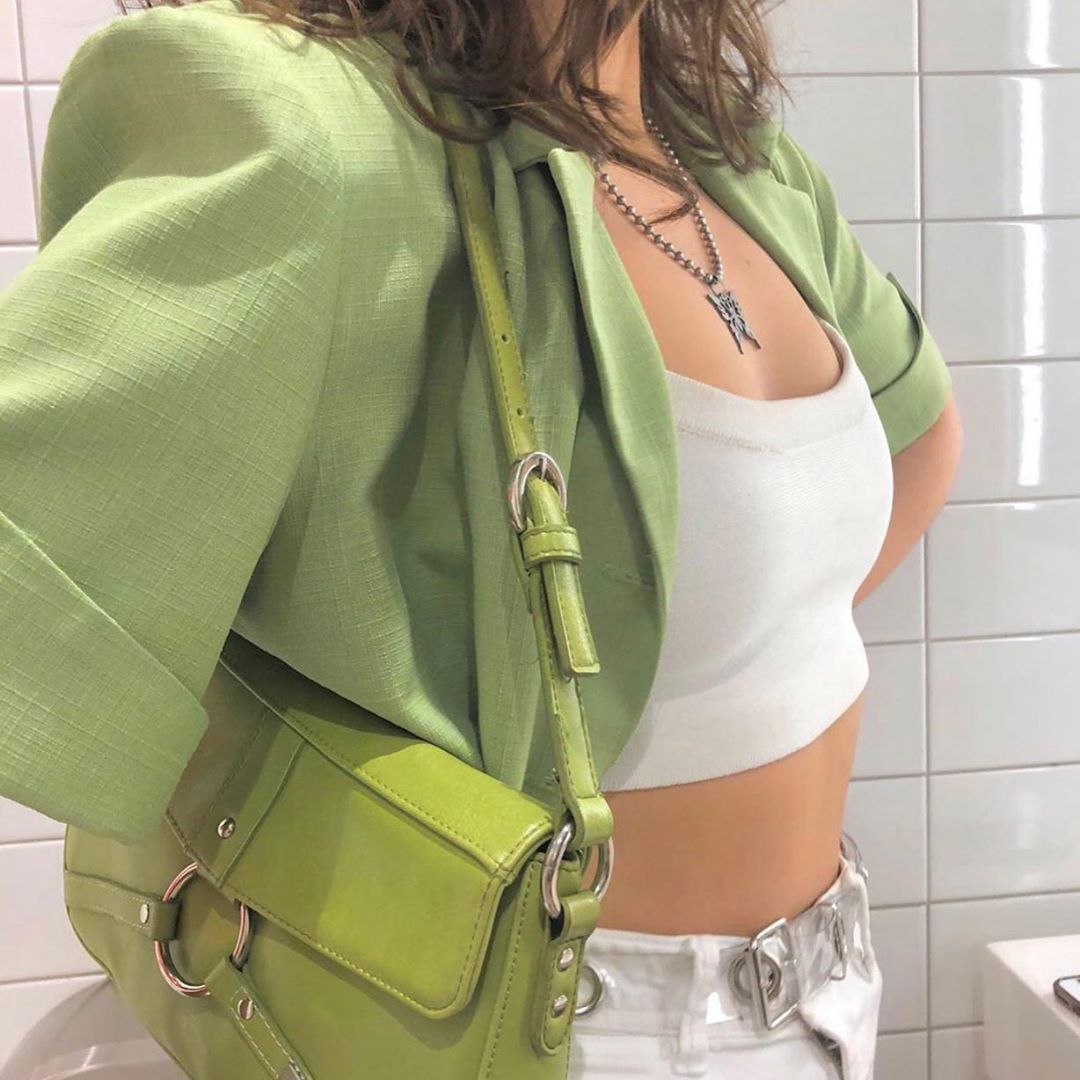
Our fashion world is one of paradoxes: we want clothing that looks high end without the high price tag, we want new looks without being wasteful, and we want materials that will last forever without having to give up buying new ones.
This paradox is especially prominent in the exponential rise of both fast fashion and ethical fashion in the past few decades. Notorious fast fashion brands such as Forever 21, TopShop, and Fashion Nova, offer trendy and relatively inexpensive clothing. However, the clothing is cheaply and unethically made and begins to wear out in less than a year. Despite these negatives, fast fashion fulfills the insatiable needs of the consumer and remains extremely popular and profitable.

Sustainable fashion is the flip side of the coin. Clothing from these types of eco-friendly brands are often more expensive, but they are well-made and ethically-sourced.
Of the two, sustainable brands are the better choice for eco-friendly fashion if you have change to spare. However, there’s an option that is even better: thrifting.
It is already pretty clear why fast fashion is not sustainable, but let’s look at the numbers. According to Vox, 8.1 percent of global greenhouse gas emissions come from clothing and footwear production.

Fast fashion production also results in disastrous pollution. For example, in 2011, Greenpeace connected big brands, like Lacoste, to detrimental pollution in the Pearl River Delta in southern China and in the Yangtze River Delta in eastern China. These areas, located near textile factories, have become biological wastelands. All of this does not even include the thousands of garments sitting in dumps all over the world.
Conversely, eco-friendly fashion brands preach environmental sustainability and humane working conditions. For brands such as Organic Basics, these statements are truthfully carried out. According to Good On You, a website that rates the sustainability of various brands, Organic Basics uses environmentally friendly materials, like organic cotton, and does not use animal products. Organic Basics also traces most of its supply chains, which is important for ensuring ethical labour.
Although there are certainly good brands out there, lots of other “ethical” brands have taken advantage of the trendiness of sustainability. In the 1980s, environmentalist Jay Westerveld called this performative version of sustainability “greenwashing.”
Greenwashing occurs when a brand embellishes its commitment to eco-friendly and ethical production (which are two different things, by the way) to appeal to consumers. In short, a lot of the brands that may seem sustainable actually are not.

Even if you decide to solely shop brands with high sustainability ratings, you’re still harming the environment. Sustainable clothing has to travel to you – which means a bigger carbon footprint – and you’re still buying something new.
Thrifting is different than any of these options because you’re buying something second-hand. You’re not using any new resources and you’re actually preventing clothing from ending up in a landfill. And if you’re shopping at your local thrift store (instead of massive ones like Goodwill, where profits don’t necessarily go where they’re supposed to), you are also supporting small businesses. As if those benefits were not enough, buying secondhand is cheaper than buying in-store.

When compared to fast or ethical fashion, thrifting also has the smallest carbon footprint. It’s likely that most of the clothing in your local thrift shop is from your community, meaning that it did not travel across the world to hang on the rack.
Of course, there are unique challenges that come with thrifting. There are limited size options, it can be a longer and more tedious shopping process, and you might turn up empty-handed. Buying secondhand also doesn’t satisfy our burning desire to get our hands on something brand new.

Still, the environmental impact of thrifting is significantly lower than any other means of shopping. Even mixing up your shopping routine to include more of a balance between thrifting and in-store shopping makes a difference.
It’s also worth noting that the conversation should go deeper than just reselling your clothes or picking up an eccentric jacket at your local thrift store. Sustainability activism requires us to hold brands accountable. That means if you’re going to buy new, avoid brands that use sustainability as a publicity stunt. You can also use your social media platform to call out these brands. Also try thrifting other things besides clothes – furniture, decorations, and more.
In short, there are millions of second-hand clothes out there. Why buy something new?





